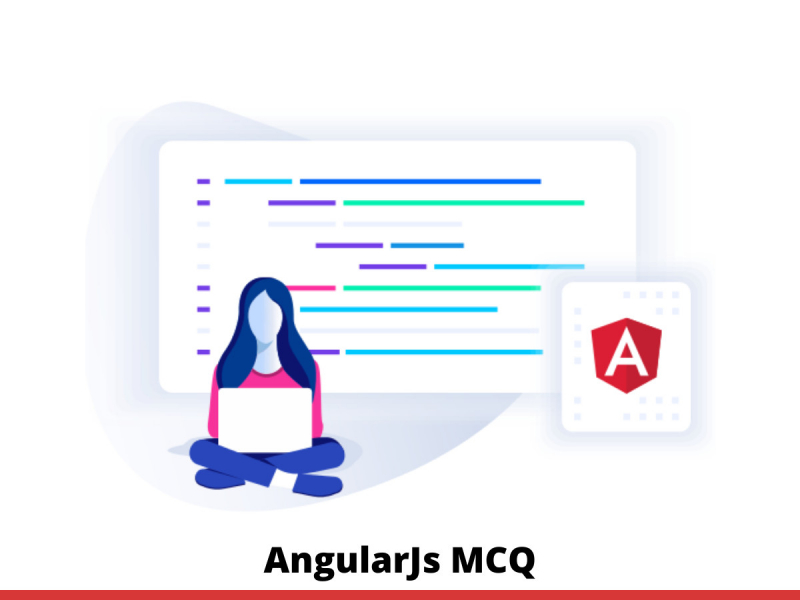AngularJS is an open-source front-end web framework based on JavaScript. It was created in 2009 by Misko Hevery and Adam AbronsIt and is essentially kept up by Google. It Provides developers a choice to compose customer-side applications utilizing JavaScript in a clean MVC way. It is completely free and licensed under the Apache license version 2.0.
Take the AngularJs MCQ Test, which is very helpful for the preparation for the AngularJs Exam/Interview.

